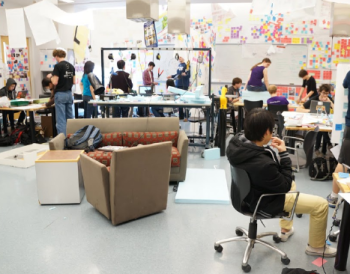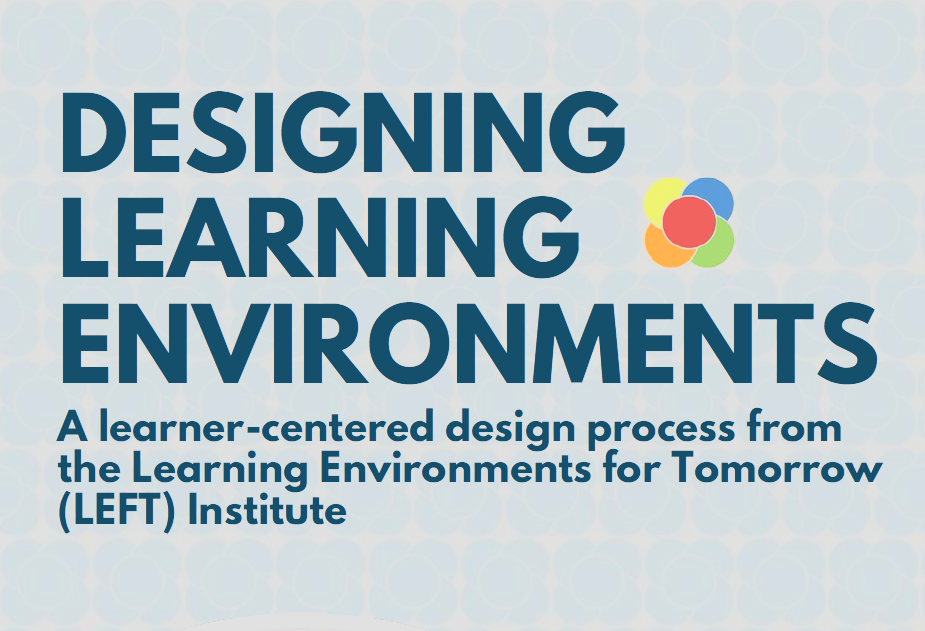

Designing Learning Places Lab
How can places be best designed to support learning that is deep and meaningful? Everyday places – from classrooms, libraries, workplaces, town plazas, and community spaces—form an overlooked ecology of learning experiences. Gone are the days in which learning is limited to that which is simply acquired within school walls. Today’s children, youth and adults develop knowledge, skills, and values from a web of everyday interactions in physical and virtual places. While some places create supportive conditions, others produce feelings of disempowerment, drudgery, and disconnection. In response, the recent decade has seen a growing global community of architects, community leaders, designers, researchers, and educators collaborating to create ecologies of playful places that support human well-being and learning. The Designing Learning Places (DLP Lab) is an interdisciplinary and global research hub at the Harvard Graduate School of Education’s Project Zero that catalyzes this growing movement in redesigning ecologies of formal and informal places for learning. It seeks to understand and shape how designed environments support learning for today’s and tomorrow’s learners.
Specifically the DLP Lab houses projects that seek to understand how tools, furniture, space and its physical and digital elements are designed to support key psychological conditions for learning, such as:
- Agency & Engagement: How are places designed to enable empowerment, autonomy, and choice? How do they spark active attention, experimenting and persistent focus? In what ways can places be designed to curtail passivity, apathy, and disengagement?
- Belonging & Connection: How are places designed to develop a sense of personal identity, purpose, and social relatedness? How do places embrace diversity and create opportunities for connecting across differences? In what ways do well-designed places avoid isolation, exclusion, and ethnocentricity?
- Curiosity & Wonder: How are places designed to spark noticing, inquiry, and exploration? How do they create a sense of surprise, awe, and amazement? In what ways can well-designed learning places diminish feelings of boredom, indifference, and disregard?
- Delight & Satisfaction: How are places designed to support positive affective states such as joy, amusement, and pride? In what ways do places support a sense of competency and fulfillment? How do places enable learners to work through and resolve negative affective states, such as sadness, fear and overwhelm?






-
-
-
-
-
-
Support PZ's Reach